5’2” and constantly on tiptoes reaching for things on high shelves, can’t see over heads in a crowd, buying ‘S’ length trousers? I see you. You are my people.
6 foot plus at the back of group photos, no leg room in theatres or on public transport, ducking through doorways to prevent a light concussion? I’ll never know your pain but you’ve got a place too.
No matter your age, height, mobility, dexterity, or any other differentiating factor you should be able to easily open and close a door, any door, assuming access is authorised.
Everyone will remember the famous quote from Dogtanian and the Muskehounds - “one for all, and all for one”. But how do we achieve ease of access for all when a building has a wide range of users? Short of automating every door, where exactly can door hardware be installed so it’s usable by all?
Understanding the optimal height for door handles is crucial for accessibility, compliance, and convenience in both residential and commercial buildings. Let us guide you through accessibility and the standards and regulations that touch on door handle heights in the UK.
Standard Door Handle Height in the UK
The standard height for door handles in the UK is guided by a combination of regulations and common practices, aiming to balance accessibility with aesthetic and functional considerations.
Average Door Handle Height: Various sources suggest the most common type of door installed in the UK over recent decades is 1981mm high. Widths vary, as mentioned in our door kickplate blog.
Typically, door handles are positioned at 1050mm from the floor. This height is considered ergonomic for the majority of users on 1981mm or 2040mm high doors. This allows for easy access for adults while being reachable for children and wheelchair users.
Internal Door Handle Height: The same positioning at 1050mm is usually applied for internal doors within homes as well as commercial spaces, ensuring a uniform look and feel throughout a facility. External doors on larger facilities infrequently use lever handles, favouring automatic or low-energy operators or larger pull handles.
On your personal residential property, you can fit door knobs or door handles at a height to suit you and any other residents. Be sure to take note of the door frame and leaf details in case these impact where you can install ironmongery. In a commercial building or any built environment with a variety of users, various considerations and standards should be adhered to, particularly the door handle height for disabled toilet, washroom, and changing facility doors.
Door Handle Height for Accessibility
Accessibility is a key concern in public buildings and spaces, with specific guidelines ensuring that door handles are operable by everyone. Facility managers, architects, builders, and maintenance contractors need to have an awareness of British Standard door handle height regulations UK wide and region specific. Different regulations apply whether the facility is in England, Scotland, Northern Ireland, or the Republic of Ireland.
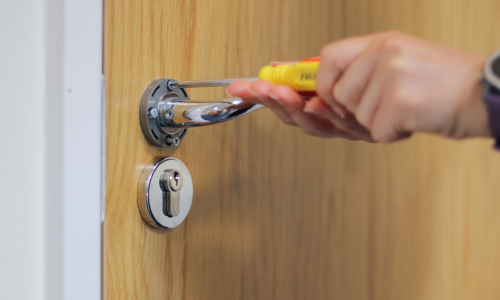
Disabled Door Handle Height
● Disabled Toilet Door Handle Height: For accessible toilets and facilities, door handles are often installed at a lower height of 800-1050mm from the finished floor level, to accommodate wheelchair users.
● Accessibility Considerations: Be aware of how far operating furniture is from the edge of the door, the width of the door itself, the clear opening width and angle of approach, plus which direction the door opens - inward or outward opening. To inward opening accessible WCs, you may want to install a pivot hinge and emergency release door stop. Locks and furniture may need to be set in at a greater depth from the side of the door to prevent restricted operation.
● Accessible Door Hardware Options: Still to be fitted at the above mentioned height, there are accessible handle and lock options such as a Radar lock and lift to lock facility indicator sets. These products are specifically designed to be easy to use by everyone so provide a quick and easy option to make facilities accessible for all.
Pull Handles
Equal consideration should be given to pull handles as well as lever door handles. They’re still operating furniture and can be used alongside a door lock. Adherence to standards and ergonomic principles is equally crucial to ensure accessibility and compliance.
The positioning height of internal door handles should consider user convenience and accessibility, aligning with guidance from Building Regulations Part M and BS 8300-2, mentioned below.
These standards recommend that pull handles be placed at a height that is reachable for all users, including those in wheelchairs, generally suggesting a range between 700mm and 1000mm from the floor. This measurement is for the bottom of the pull handle.
This placement facilitates ease of use for a broader spectrum of individuals, promoting inclusiveness and functionality in building design.
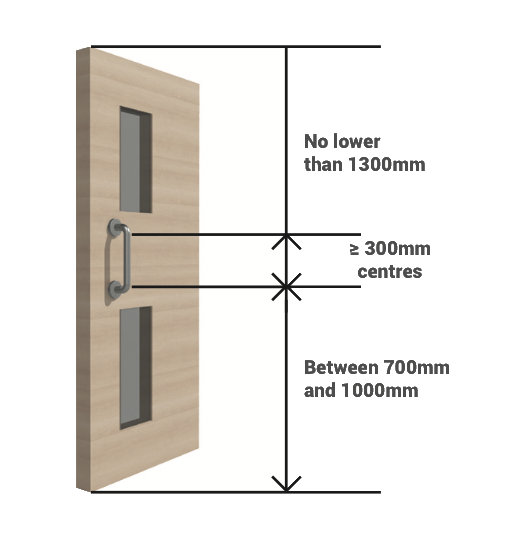
When selecting and installing pull handles, consulting with these guidelines, and perhaps also collaborating with accessibility experts can help ensure that your door hardware solutions are both compliant and user-friendly.
As you’ll see above, in outlining fitting heights, this automatically dictates a minimum pull handle centre measurement of 300mm. But why stop there? T-bar or Guardsman pull handles are available full height - making a feature of door furniture, a statement of accessibility. No one can ignore a 2 metre high pull handle. Make it back to back. Crank it. Bespoke finish to match your interior decor. Who says accessible door hardware has to be boring?
Building Regulations, Standards, and Best Practices
Understanding the regulatory landscape and best practices for UK door handle height is essential for compliance. It also ensures door hardware solutions are both practical and lawful.
● Equality Act 2010: While the Act doesn't specify exact heights, it requires that door handles are accessible to all, including wheelchair users and those with limited mobility. The Disability Discrimination Act 1995, now the Equality Act 2010, defines disability but doesn’t provide exact details for architects, installers, or building owners. Multiple other sources provide information on typical door handle heights but this is a great starting point to understand disability and accessibility.
● Part M of the Building Regulations: Approved Document M covers access to and use of buildings, stating that door furniture for opening a door must be easy to operate and reachable. While it doesn’t set a strict height, it implicitly supports the standard and accessible handle heights mentioned above. It provides guidance on handrail heights, threshold upstands, and washroom accommodation so it is a valuable resource for planners and installers.
● BS 8300-2 2018: This standard provides guidance on how buildings should be designed, constructed, and maintained to be accessible to people with disabilities, including details on door handle heights. BS 8300-2 states that 900mm is the preferred lever handle height and that the design of items such as pull handles should be consistent throughout a building.
These documents provide detailed guidance on accessibility and usability for people with disabilities, setting out best practices for the placement of door handles to make buildings accessible to everyone.
As this excerpt from our product catalogue shows, BS 8300 clarifies in detail the dimensional requirements for lever handles in addition to installation height:
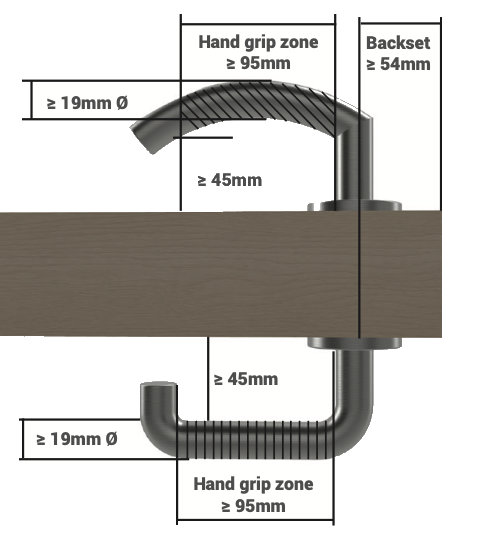
Accessible From Day One
Installing handles at the correct height is more than just following regulations; it’s about creating accessible, user-friendly built environments. By adhering to the guidelines outlined in various regulations and standards, you ensure that your door handles are positioned for a wide range of users, making spaces more inclusive.
Whether you’re outfitting a new building or refurbishing an existing one, keeping these standards in mind will help you make informed decisions about door hardware placement.
Accessibility and inclusion needs to be built in from day one, from design of buildings. However, if you find yourself retrofitting door handles, refurbishing an existing property, or working on a change of use project, think 900mm for levers and the bottom of pull handles, and you’re there.
There’s no good reason for exclusion with the guidance in place but if you’re unsure and want to speak to someone, get in touch with our dependable team of experts today. We’re on hand when you need us.
T: 01305 263300
E: [email protected]






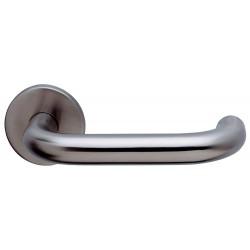
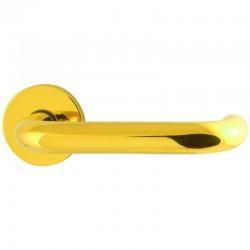
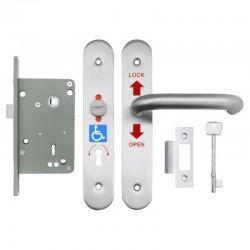
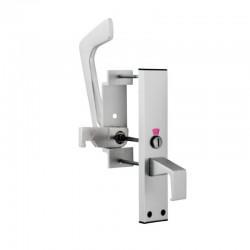

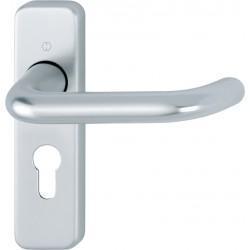
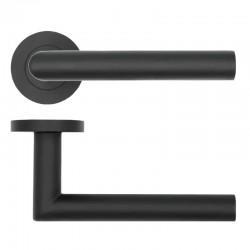




Comments